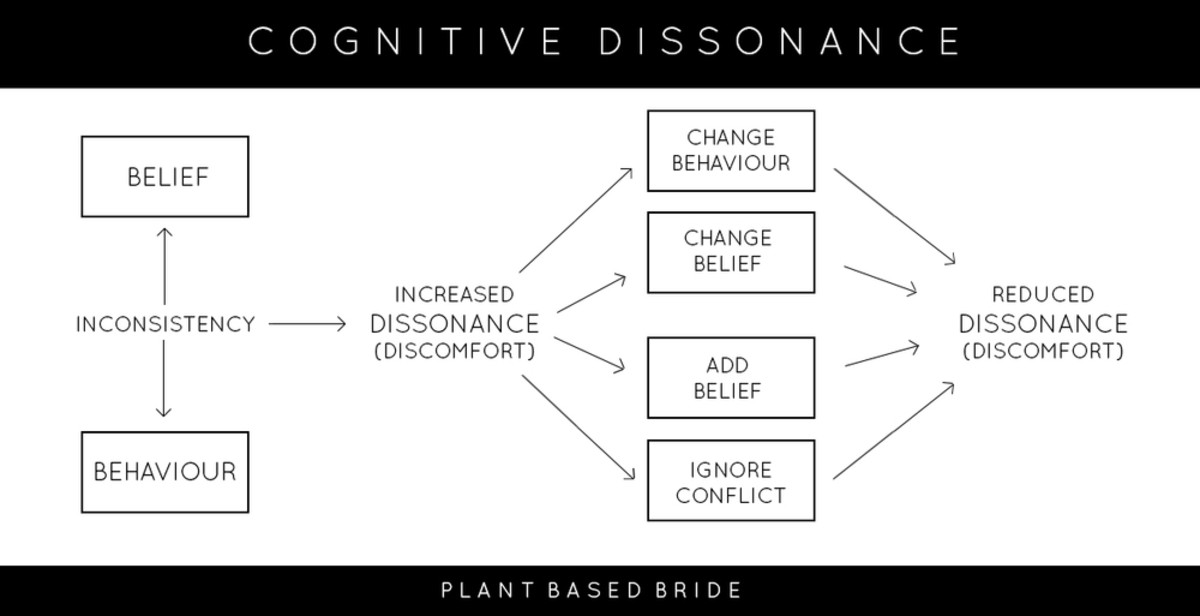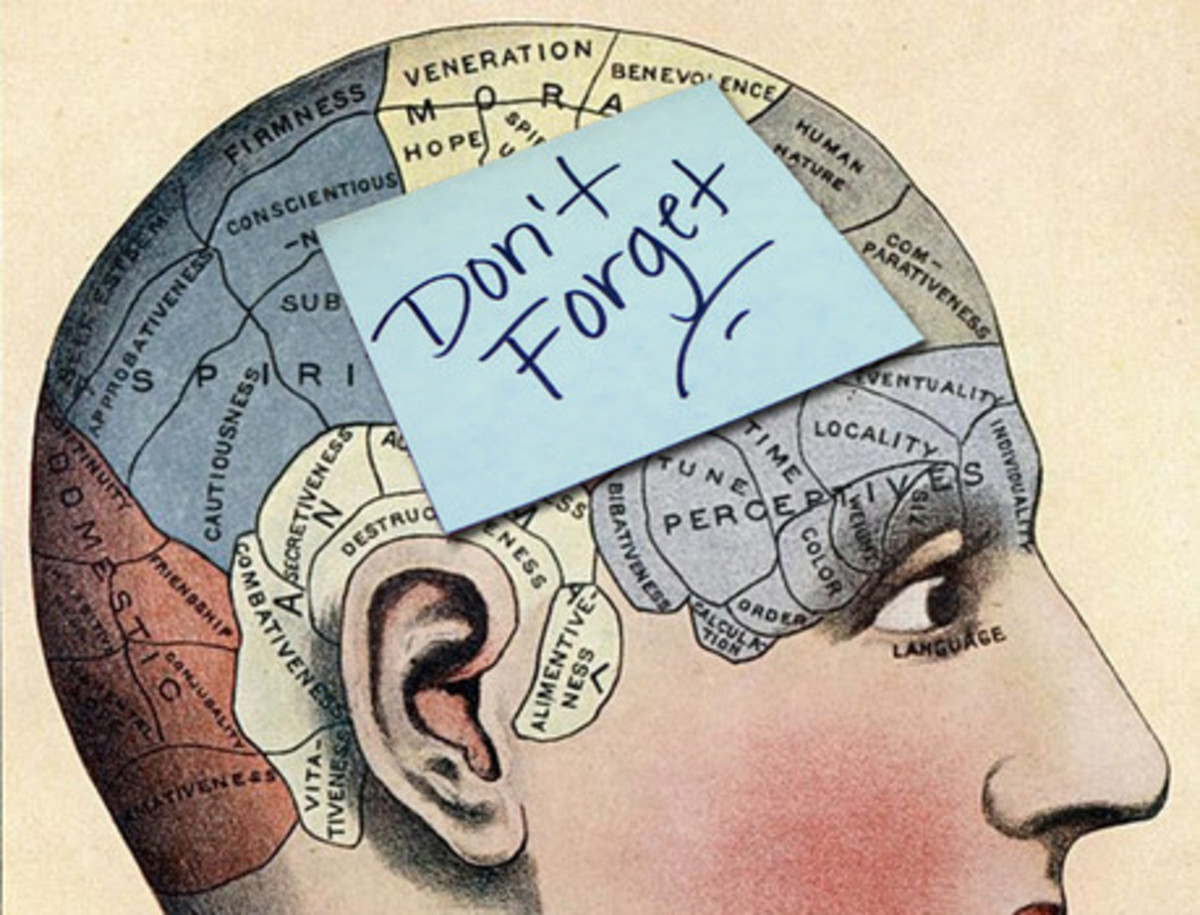How Does Anxiety Affect Our Beliefs?

The Affect Infusion Model
There are many ways in which emotions influence the formation of new beliefs. For example, when we are unable to explain the cause of an emotion, we may falsely attribute it to something else. A feeling of anxiety caused by loneliness might be wrongly blamed on a catastrophic event in the news, leading to an unduly pessimistic outlook. In general, unpleasant emotions lead to the formation of unwelcome beliefs, while pleasant emotions lead to happier beliefs. This is called affect infusion.
If affect infusion causes an individual to become too disconnected from reality, the brain may protect itself by engaging in motivated reasoning. Essentially, this describes a desperate search of one's beliefs, knowledge, memories, and any useful external information in a single-minded attempt to reverse the build up of unduly positive or negative beliefs. Rational thinking is suspended in favor of forming dubious, new beliefs that may restore mood-equilibrium.
These are the basics of the affect infusion model that was developed by Joseph Forgas in the 90's. The applications of the theory are profound, as motivated reasoning could potentially explain how many political and religious beliefs are formed. This article will make a case for anxiety being the primary ingredient in affect infusion, and the overwhelming cause of motivated reasoning.

Anxiety and Beliefs
There are a number of reasons to think anxiety is strongly linked to the formation of negative beliefs.
- Anxiety is elicited whenever there are signs of potential danger. This includes physical and social threats such as preparing to make a public speech, or hearing a tornado warning. As a result, anxiety causes people to become distracted, or vigilant, in order to search the environment for other signs of danger (hyper-vigilance). As new information is gathered from the environment, the body releases chemicals such as `neuropsin' which serve to enhance the learning process. The end result should be the formation of new, threatening beliefs about aspects of the environment.
- Affect infusion is enhanced when the mind is engaged in a mode of thinking called substantive processing. This is characterized by an extensive information gathering and interpretation exercise in order to understand a complex stimulus. The gathered information is related to older memories and beliefs that may be particularly evocative. Anxious thought should be a prime example of substantive processing. Not only does anxiety dispose people to gather information, but it biases the information as threatening by relating it to unpleasant memories.
- Substantive processing occurs when aspects of the environment are unfamiliar, atypical, ambiguous, or otherwise difficult to understand. Similarly, anxiety is elicited by potential signs of danger that will be complex and ambiguous because they do not relate to direct sources of threat. Many signs will also be unfamiliar because anxiety is regularly elicited by innately prescribed triggers that are not consciously evaluated.
- Beliefs are defined in a way that suggests an anxious influence. Indeed, beliefs demonstrate a commitment to premises that may be easily supported, or decidedly uncertain. As a result, they often characterize commitments in which the holder of the belief is taking some degree of risk. This usually means that the belief comprises non-trivial content. Similarly, anxiety is a response to non-trivial (threatening) cues in the environment for which there is some degree of uncertainty. This should make it a prolific precursor to belief formation.

Anxiety and Motivated Reasoning
It's worth highlighting why anxious individuals may be particularly likely to engage in motivated reasoning.
- Negative emotional states create a motivation to alleviate the unpleasant feelings associated with the state. This provides a clear goal that can be achieved by forming new beliefs via motivated reasoning.
- The definition of beliefs as commitments in the face of uncertainty means that they should readily function to reduce anxiety. Indeed, beliefs can provide comforting assurances in uncertain situations. As with the old saying: "there are no atheists in foxholes"; if one believes they are being watched over by a caring deity, anxiety may be reduced.
- Repression is a way of reducing anxiety by ignoring threatening stimuli, interpreting them optimistically, or focusing on pleasant thoughts. Essentially then, repressors already exhibit motivated reasoning as a way to reduce anxious feelings.
- Repressors show these biases when there is a lack of detailed information regarding the nature of the threat. These unfamiliar, ambiguous stimuli are essential for substantive processing, but are also a common precursor to motivated reasoning. Indeed, if detailed information were available, it would be difficult to deny or intellectualize the information away by forming comforting beliefs about it.

Anxiety Defense Mechanisms
Repressors may represent an extreme case of the use of motivated reasoning for quashing anxious affect infusion. Repressors utilize this defense mechanism in order to protect their self-esteem. Indeed, they score high on social desirability questionnaires that test for it, and `belief in social desirability' has been identified as a style of motivated reasoning.
However, many depressed and anxious individuals are unable to engage in conscious affect control, which is why depression becomes a serious problem for some people. Indeed, studies have shown that high self-esteem participants reversed negative self-beliefs significantly quicker than low self-esteem participants. So, while all anxious individuals should form negative beliefs through affect infusion, repressors will be far more likely to counter those beliefs with motivated reasoning.

How Anxious People Think
Trait anxiety is a disposition for feeling anxious. It causes people to believe the world is a scary place by forcing them to attend to, and interpret, stimuli as threatening. As a result, numerous objects, agents and events will become associated with feeling anxious. These groupings of threatening stimuli are sometimes called `danger schemas'. The larger the schema, the more likely something within it will be brought up during substantive processing. Once this affect-primed information (or sentiments) emerges in thought, affect infusion should be the likely result.
Repressors have cognitive biases that cause them to ignore threatening stimuli, or interpret them as non-threatening. Nevertheless, repressors will still categorize these stimuli as being able to cause anxiety. This leads to danger schemas that function to notify the repressor of vulnerabilities that need to be combated by motivated reasoning. These schemas will grow in much the same way, as eruptive anxiety reveals new vulnerabilities to repress. Thus, repressors will be prone to affect infusion when schema-relevant stimuli are encountered, but their opposite cognitive biases will prompt them to use motivated reasoning to quash the infusion.
Cognitive Dissonance
The final piece of evidence to suggest that anxiety leads to motivated reasoning is cognitive dissonance. This occurs when a person's beliefs, values, feelings, or behaviors are inconsistent, contradictory, or in conflict (see video). The conflict causes a discomfort that resembles the cognitive and physiological effects of anxiety. This unpleasant feeling motivates the individual to eliminate the conflict by discarding existing beliefs, forming new ones, or altering the relative strength of the dissonant beliefs. Typically, new beliefs will be formed to support the dissonant belief that is most resistant to change.
Affect infusion can create negative beliefs that stand a high chance of being dissonant with one’s positive self-beliefs, or ego. For repressors, this discrepancy between ego and intrusive negative beliefs will be especially unbearable. Thus, their motivation to repress negative beliefs may be indistinguishable from a motivation to reduce dissonance. For a repressor, the belief that is least resistant to change should always be the negative belief. However, in depressed individuals, dissonance may cause positive self-beliefs to change, reinforcing the anxious state rather than repressing it.
Summary
The theoretical and experimental evidence described suggests that anxiety can lead to the formation of unwelcome, negative, threatening beliefs. Depressive individuals may accept these beliefs as valid, while repressive individuals are likely to counter them by forming new, comforting beliefs. This `motivated reasoning' could potentially lead to the adoption of political or religious beliefs that serve to reduce anxiety.
Since Freud and Marx, it has been suggested that religious beliefs are tantamount to `wishful thinking'. Among other comforts, religious belief can alleviate persistent existential anxieties by proposing the reality of an afterlife. The current work therefore makes the claim that individuals who wish to repress their anxieties will be drawn to religions that can serve this anxiolytic purpose. This `comfort theory of religion' is supported by a wealth of experimental evidence.
© 2013 Thomas Swan





